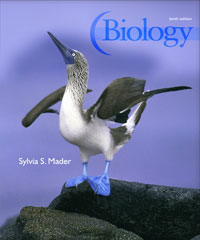1 A) A big piece of chocolate cake B) Someone running a marathon C) A fish swimming upstream D) A leaf unfolding 2 A) Energy can't be created and it can't be destroyed. B) Chemical energy in our food can be transformed into energy needed for muscle contractions. C) When energy is transformed, all of it is available to do work. D) A battery you just bought at the store has potential energy. 3 A) are exergonic B) are endergonic C) will never occur 4 A) only A B) A and B C) only D D) C + D 5 A) slow down chemical reactions B) increase the energy of activation C) bring together specific molecules and causes them to react with each other D) All of these 6 A) mitochondria B) nuclei C) chloroplasts D) plasmids 7 A) NAD+ B) ATP C) niacin D) zinc 8 A) oxidized B) reduced C) phagocytized 9 A) oxidized B) reduced C) phosphorylated 10 A) optimal temperature decreases B) pH becomes less than optimal C) substrate concentration increases D) All of these 11 A) changes the shape of the enzyme B) prevents the enzyme from binding with its substrate molecules efficiently C) occurs at temperatures above a certain point D) All of the above 12 A) ionized B) denatured C) more structured 13 A) Maltose - maltase B) Lipid - lipase C) Sucrose - lactase D) Acetylcholine - acetylcholinesterase 14 A) guanine B) thymine C) uracil D) adenosine 15 A) radioactive elements B) the Sun C) heat from the ocean's thermal vents D) gravity 16 A) Some energy is lost when it is transferred. B) The amount of energy in the universe is decreasing. C) The amount of energy in the universe is constant. D) The amount of energy in the universe is increasing. 17 A) K+, Na+ B) Na+, Cl+ C) Na+, K+ D) none of these 18 A) photosynthetic B) carnivorous C) herbivorous D) parasitic 19 A) mitochondria B) nucleus C) Golgi bodies D) vacuole 20 A) the establishment of an electrochemical gradient B) carrier proteins C) ATP synthase D) All of the above














